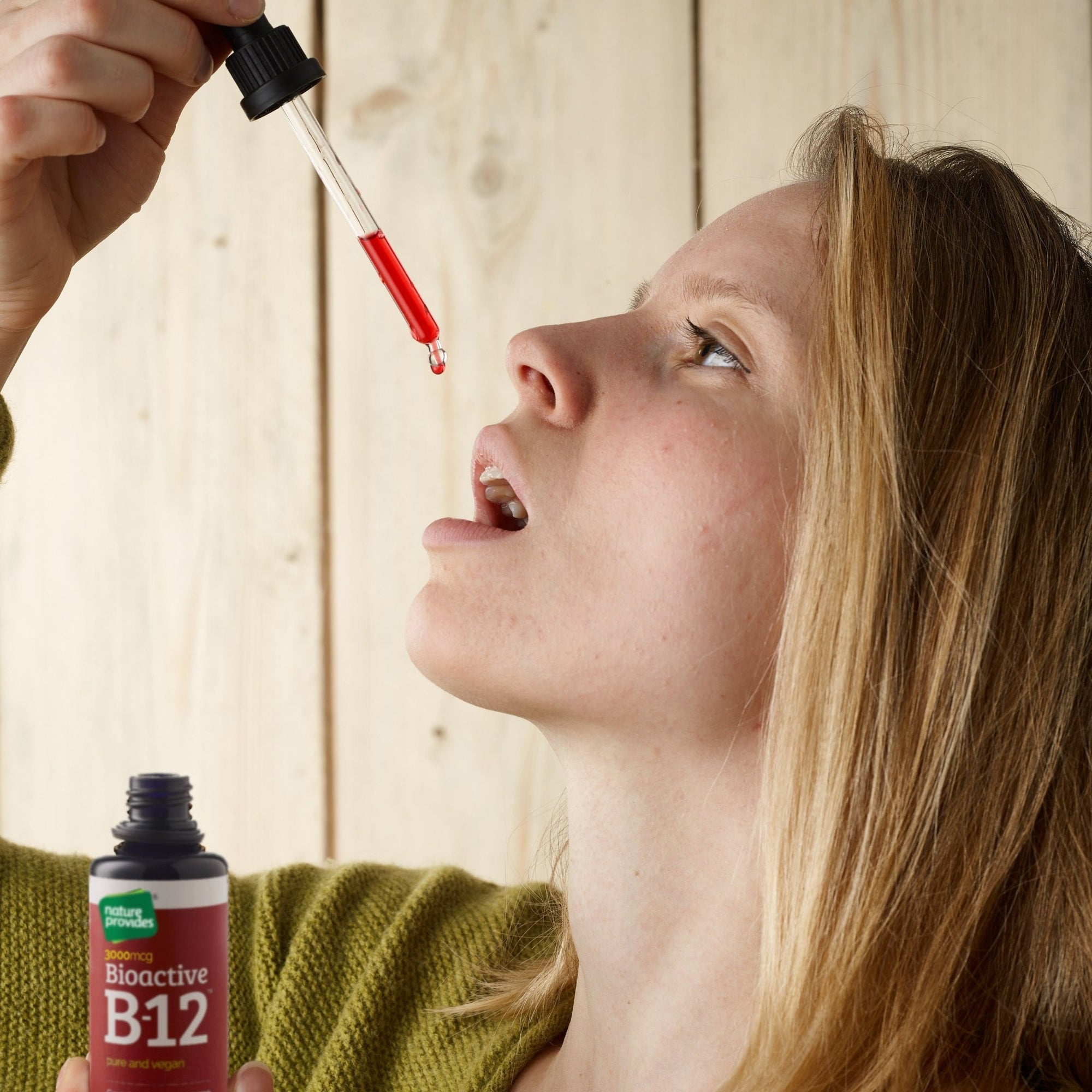What are skin tags?
Skin tags, or acrochordons, are small, benign growths that typically appear in areas where the skin folds, such as the neck, armpits, and groin. While they are generally harmless, their presence can sometimes signal underlying health issues.
The connection between skin tags and insulin resistance
Research has demonstrated a significant correlation between skin tags and insulin resistance. Insulin resistance, a condition where cells become less responsive to insulin, can lead to higher blood sugar levels and type 2 diabetes.
Key studies highlighting the link
-
In a 2010 cross-sectional study, the presence of multiple skin tags was strongly associated with insulin resistance irrespective of other risk factors. Read the study here.
- In a 2019 case–control study was conducted including 140 participants. The prevalence of diabetes, hypertension, and metabolic syndrome was significantly higher in patients with skin tags, and risk of developing metabolic syndrome was 11.13 times higher in cases compared to controls. Read the study here.
Mechanism behind the link
Insulin acts as a growth-promoting hormone, and elevated levels can stimulate skin cells, particularly keratinocytes and fibroblasts, leading to the formation of skin tags. This explains why individuals with insulin resistance often develop multiple skin tags, especially in friction-prone areas.
What to watch out for
While skin tags are usually benign, their appearance, especially in clusters, can indicate insulin resistance. Individuals with skin tags, particularly if accompanied by other risk factors like obesity, should consider checking their insulin levels and discussing their findings with a healthcare professional.




